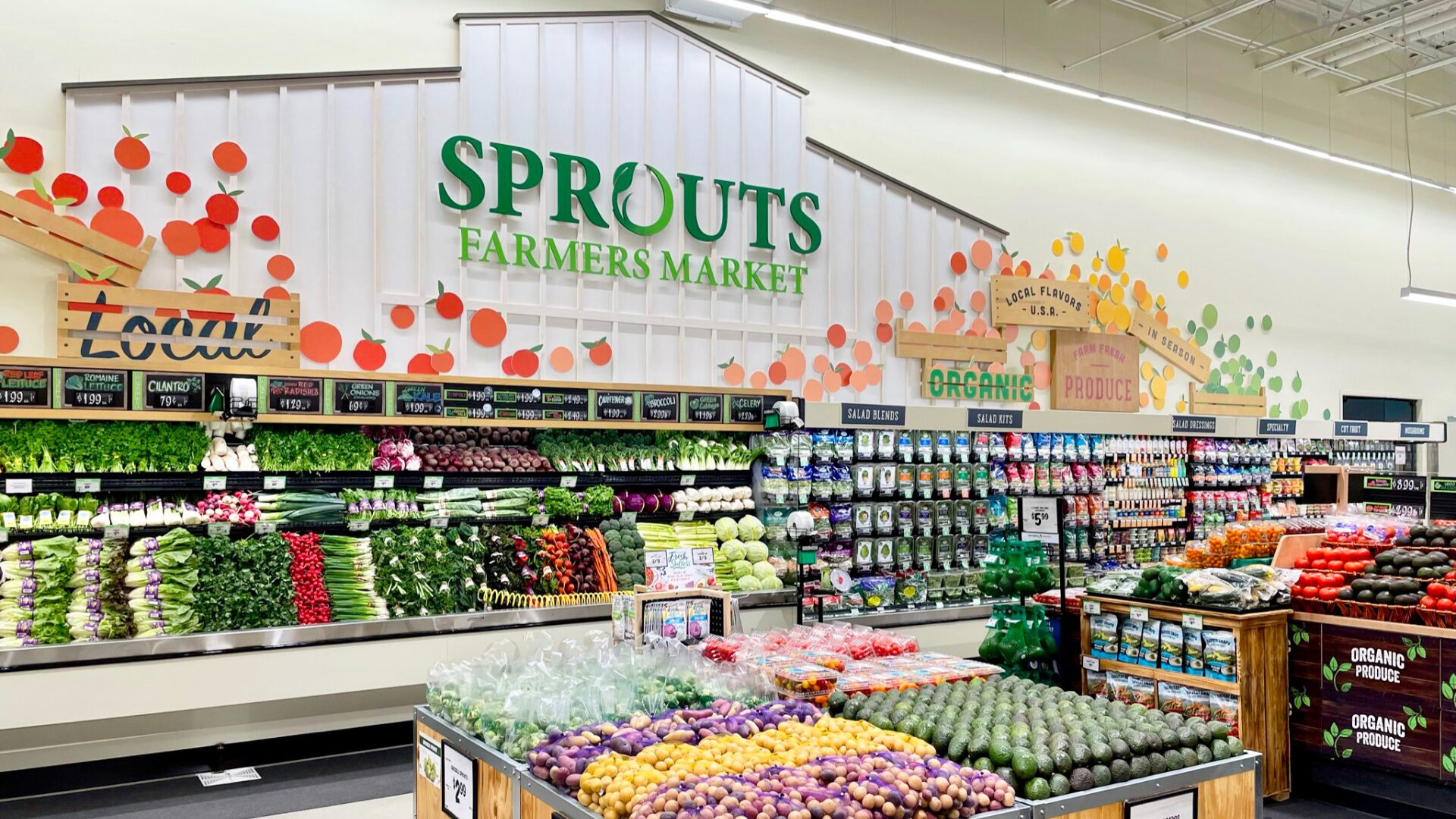As reported in a recent FoodThink white paper, flexibility is among the top priorities for U.S. consumers when it comes to food shopping and eating behaviors.
With food habits and social wellness trends evolving rapidly, it’s important to note that many consumers no longer follow strict diets such as paleo or vegetarian, but prefer to pick and choose what suits them.
According to Pam Smith, RDN and Menuing Expert with Soy Connection, “flexitarian diets, which actively seek to include both plant and animal-based protein sources, have become a trendy topic within the food industry as a result of consumer interest in diets like ‘Meatless Monday,’ and the growing availability of plant-based options on the menu.”
Plant-based alternatives that once catered to a niche market now appeal to a wide range of consumers as fast and easy options that supplement animal products at home. Smith told The Food Institute that, “demand for plant-based protein has been driven mainly by young consumers – as 40% of consumers 50 and under are actively trying to incorporate more plant-based protein into their diet, according to the United Soybean Board’s Soy Protein and Flexitarian Study.”
CONSUMERS SEEK SOMETHING DIFFERENT
Reasons for the shift away from sticking to a plant or animal-based diet alone vary among consumers, but the driving force of the flexitarian diet is the ability to cater to a market that’s hungry for innovation and the idea of trying something new.
Julie Altobello, Senior Marketing Manager Health & Authenticity at Rich Products, told The Food Institute: “instead of consciously opting for meatless or animal-free meals, these consumers are now flexing their ingredient decisions and choosing to have animal and plant-based foods in the same meal.”
While the majority of flexitarian consumers aren’t looking to completely replace animal products in their diet with plant-based alternatives, it’s clear that a rise in great tasting plant-based options has continued to drive growth in the market. A FoodThink study of 2,000 U.S. consumers of diverse demographic backgrounds revealed that 64% of flexitarians enjoy trying new foods, products, and recipes compared to two years ago and compared to the animal protein group, which opens the door to more opportunities for brands to market plant-based products to the non-vegan demographic.
OPPORTUNITIES FOR FOOD COMPANIES
Food companies can take advantage of consumers’ desire to incorporate more plant-based products in their diet by meeting consumer demand for high quality, complete protein made from familiar, clean plant-sourced ingredients such as mycelium/mushrooms, ancient grains, soy, and peas.
As consumers are looking for more transparency in the food industry, products that boast quality taste and texture with simple, short labels are generating the most customer satisfaction.
Packaging that puts important product claims such as gluten-free, dairy-free, and non-GMO front and center will help food marketers better position their brands for various lifestyles and wellness trends.
“When it comes to calling out the important nutrition and ingredient points of a product, package labeling makes it easy for a consumer to see and decide to purchase,” Phil Masiello, CEO at Uplift Florae told The Food Institute.
In addition to transparent labeling, Masiello believes brands also must provide more accessible and affordable options to take advantage of the wide psychographic makeup that the flexitarian demographic spans. Masiello added that “bean and pasta brands are in the best position to take advantage of this because their products are foundational items for their speed and flexibility.”










